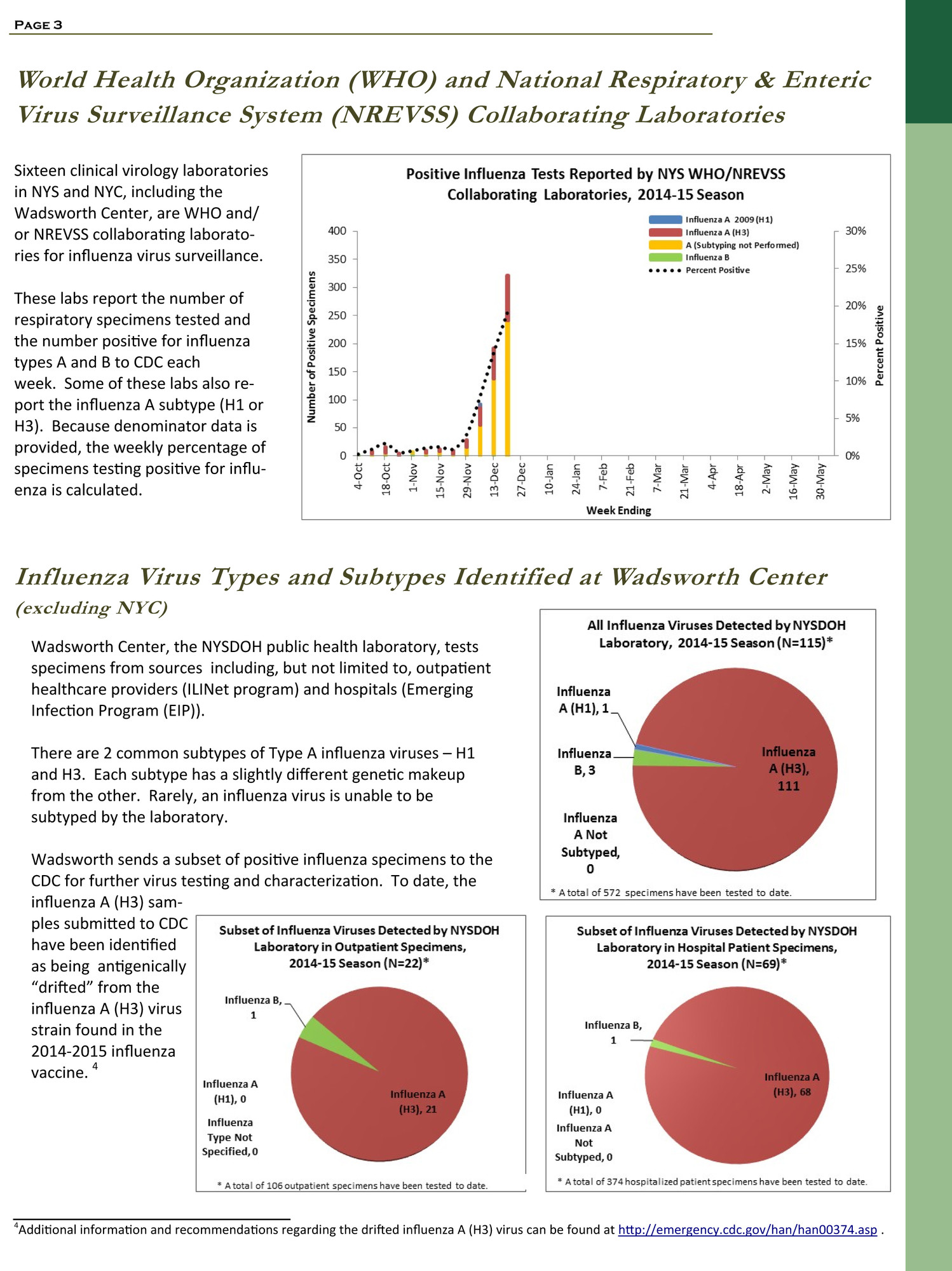Flu and pneumonia, nothing to sneeze at
I got the shot, but now I’m sick. Why?
There are different types of influenza vaccines, and different ways to administer them,” noted Dr. Mary Beth Koslap-Petraco, a clinical assistant professor and preceptor for graduate and undergraduate students at Long Island University Post in Amityville.
"The public should know which vaccine to get and why.”
Koslap-Petraco is a nationally known expert in immunization and is an adviser for the Centers for Disease Control and Prevention. “Last January, infectious disease specialists traveled to Asia to test birds to see what kind of flu virus they were carrying,” she said. “Based on that information, they came up with the strains of flu they needed to manufacture for this winter. It takes about six months to grow and manufacture flu vaccine. During that time the flu mutated, so the vaccine we have is effective at lessening the severity of the disease, but not as effective at preventing it. That’s why you may have received a flu shot, but still contracted the flu.”
There are thousands of strains of flu, and they change every year, so it really is a best guess as to which ones will be prevalent in any given season, Koslap-Petraco explained. For example, there are A strains, which go by names such as California 2009 H1N1 and Texas 2012, and B strains, such as Massachusetts 2012 and Brisbane 2008. In addition to regular vaccines, she said, there are mist vaccines for children, and high doses for seniors or those with compromised immune systems. “Some are genetically grown; some are grown in eggs,” she explained. “There are many factors that determine the vaccine that will work for you.”
For children, Koslap-Petraco said, the flu mist is the way to go. “Children have stronger immune systems, and tests have shown very positive results with the mist,” she said. “The vaccine should be effective for about a year.”











